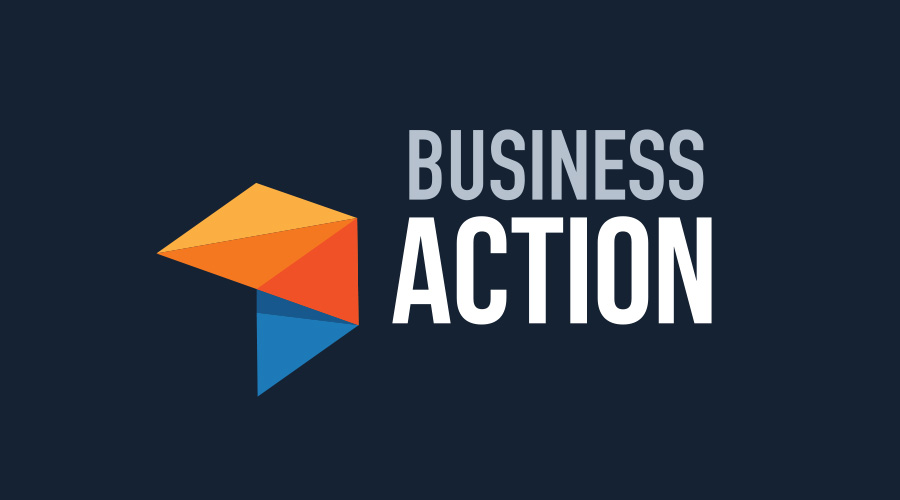Written for The Icehouse by Debra Chantry and published here.
Clients often ask me, “What is a good digital marketing strategy for my business?” and the answer I always give is “It depends”.
It doesn’t feel like a helpful answer, however after reading this article you will hopefully understand why this is the best answer to this question.
They almost always continue, “But, I need to have a facebook and a twitter account don’t I?”
And the answer remains exactly the same – “It depends”.
Don’t get me wrong, I’m a huge fan of digital and social media, but one size does not fit all!
Your digital marketing strategy will very much depend on your target audience and what you are trying to achieve as a business.
Digital marketing is without a doubt a growing part of any business. It enables you to reach a huge audience and to take your business global.
However, digital marketing is no different to any other marketing – it just uses different channels. Rather than TV, radio, print, Direct Marketing & other traditional media, you are using the newer channels of web, email, blogs, social media, videos, webinars. mobile marketing, proximity marketing, affiliate programmes and all those wonderful acronyms – SEO, SEM & CRO (Search Engine Optimisation, Search Engine Marketing or Paid Advertising and Conversion Rate Optimisation).
The same principles apply when you are developing a digital strategy as when you are writing a marketing strategy.
What is different with digital marketing is that you are often reliant on the customer to come to you and there is an expectation that what you offer will be more targeted and relevant to them…. And of course, the digital space is about 2-way conversations and user-generated content – this doesn’t happen with traditional media, which tends to be more one to many marketing and you get to do all the talking.
As such, the digital space is a great place to truly engage with your customers and drive the business results that you want… But you have to think carefully about how you use it.
Over the next 5 weeks, I am going to share with you the 5 steps that I think every company should go through, whether they are a start-up or an established owner-managed business, to develop an awesome digital strategy that will get results.
Before you start!
Before you start working on your digital strategy, it is essential that you have clearly defined your business goals.
Digital marketing is just another set of channels to reach your customers and so your digital objectives & strategy will fall out of your business objectives and will support and reflect your marketing objectives.
For example, if your business objective is to increase sales then your digital objective is likely to be about increasing awareness, increasing leads for the sales team or enabling / increasing online purchasing.
If your business objective is to reduce costs then your digital strategy may be around delivering customer service in the online environment.
There are generally 5 main digital objectives:
- – Awareness
- – Engagement
- – Lead generation
- – Revenue
- – Customer Service
So, let’s get started…
Step 1 – Work out who your customers are & how they behave
Before you can start working on your digital strategy, you need to start by defining your target audience, in as much detail as you possibly can:
- – What do you know about them? Age, sex, income, where they live, what they do, how they behave etc.
- – What would you like to know about them? Are there any gaps in your knowledge of your customers?
- – What sort of technology/ channels do they use & how often?
How do you know who your target audience is?
If you are an existing company, then take a look at your own database and see who is buying from you currently. If there is a really broad range, then take a look at who buys more or most often. Or decided on a niche that you would like to target.
If you are a start-up then take a look at your competitors or again, define a niche that you would like to target.
Once you understand your niche, then personally I like defining the audience demographically and then writing personas.
For example, if you were after males 25-35 years old, who lived in city centres and who earned $60,000 – $80,000 per annum, then you’d perhaps describe a typical day in the life of one of these customers like this…
“Jack is 26 years old and lives with flatmates in a house in Herne Bay. He wakes up at 6.30am and the first thing he does is check his iPhone for emails. He then heads to the gym, where he watches the news on his iPad while he runs on the treadmill. When he gets into work he briefly checks facebook, LinkedIn updates & emails on his work computer (a PC) and again before he heads home. When he gets home he eats his dinner in front of the TV, whilst browsing on his iPad. Jack has MySky so he will watch some programmes that he has recorded, before heading to bed. Jack regularly purchases items from the internet and has no concerns with online payments, although often he will research online and buy in-store.”
If there are any big gaps in your knowledge of your customers, then undertake some research to find out more about them….This doesn’t have to be expensive and it’s something that can reap huge benefits.
How do you do this?
Well, if you have some money, then you can employ an external research company. However, as a start-up or owner-managed business, you might not have the funds.
So, once you have defined your niche, then go out and talk to 3 or 4 of them (through friends & family or through existing customers if you are an established business) and ask them about their typical day, their behaviours, their technology and the sites or digital channels that they use.
Alternatively, use statistics New Zealand or google to find out more… you’d be surprised what you can find out from google J
One of the biggest mistakes that most people make is assuming that they know their audience.
I am not a 26 year old male and I live in suburbia, so what do I know about them and their behaviours?
I wouldn’t dare to think that my tastes and behaviours are anything like theirs and I’d definitely be talking to some people who fit into this category to get a better understanding from the target audience.

